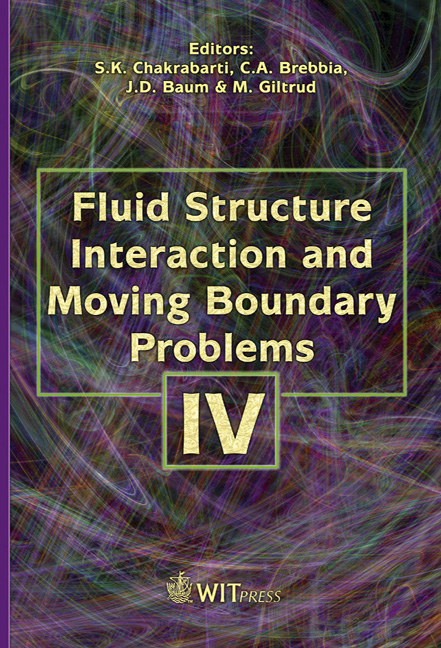Analysis Of Dam–reservoir Interaction By Employing The Modified-efficient Fluid Hyper-element
Price
Free (open access)
Transaction
Volume
92
Pages
9
Published
2007
Size
603 kb
Paper DOI
10.2495/FSI070101
Copyright
WIT Press
Author(s)
A. A. Sani(1) & V. Lotfi(2)
1Fellow of Islamic Azad University of Mashhad, Iran & Ph.D. Candidate of
Civil Engineering Department, Amirkabir University of technology, Tehran,
Iran.
2Professor of Civil Engineering De
Abstract
In this paper, a FE-(FE-HE) procedure is implemented for dynamic analysis of concrete arch dams, in the frequency domain. The technique relies on the finite element method for the discretization of the dam body and the near field of the reservoir, while the far field is handled by the fluid hyper-element. It should be emphasized that the usual method for calculating the required impedance matrix of the above mentioned fluid hyper-element is dependent on the solution of a complex eigen-value problem for each frequency, which is very time-consuming. This problem was remedied by an efficient technique in a previous study which greatly reduces the computational time. The present approach is a modification of that procedure trying to have similar efficiency without losing the accuracy in any cases, contrary to the previous study. Furthermore, a previously developed special purpose program is enhanced based on this new method and the response of the Morrow Point arch dam is studied as an example. Keywords: dam–reservoir interaction, fluid hyper-element, efficient dynamic analysis. 1 Introduction There are different alternatives for dynamic analysis of concrete dams [1–3]. However, the rigorous analysis of concrete arch dam–reservoir system is based on the FE-(FE-HE) method (i.e., Finite Element-(Finite Element-Hyper Element)). This means, the dam is discretized by solid finite elements, while, the reservoir is divided into two parts, a near field region (usually an irregular shape) in the vicinity of the dam and a far field part (assuming uniform channel), which
Keywords
dam–reservoir interaction, fluid hyper-element, efficient dynamicanalysis.





